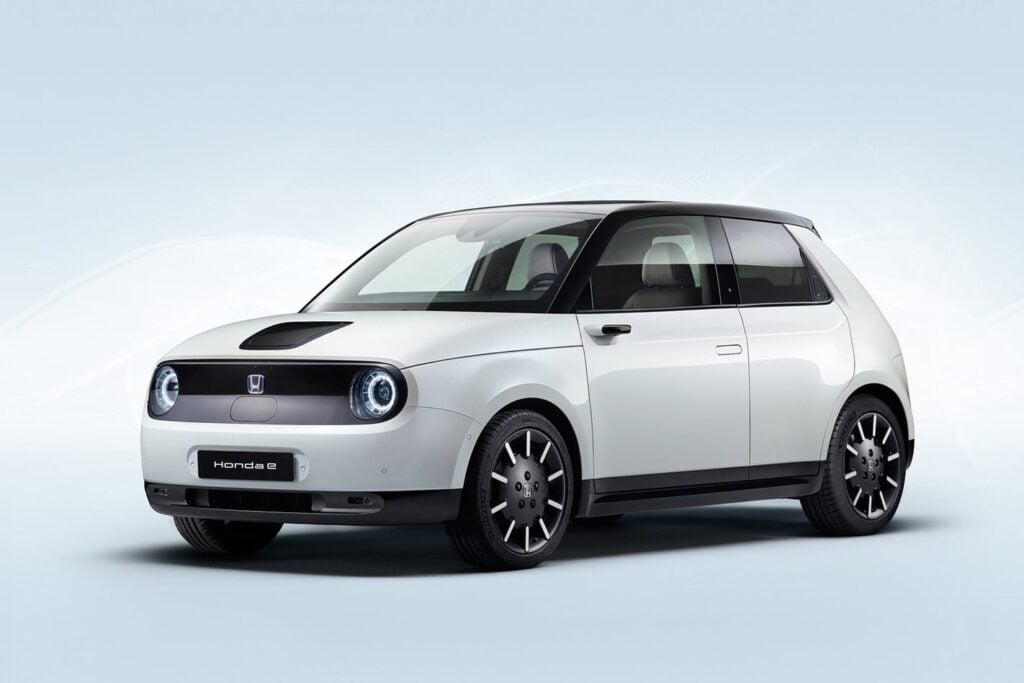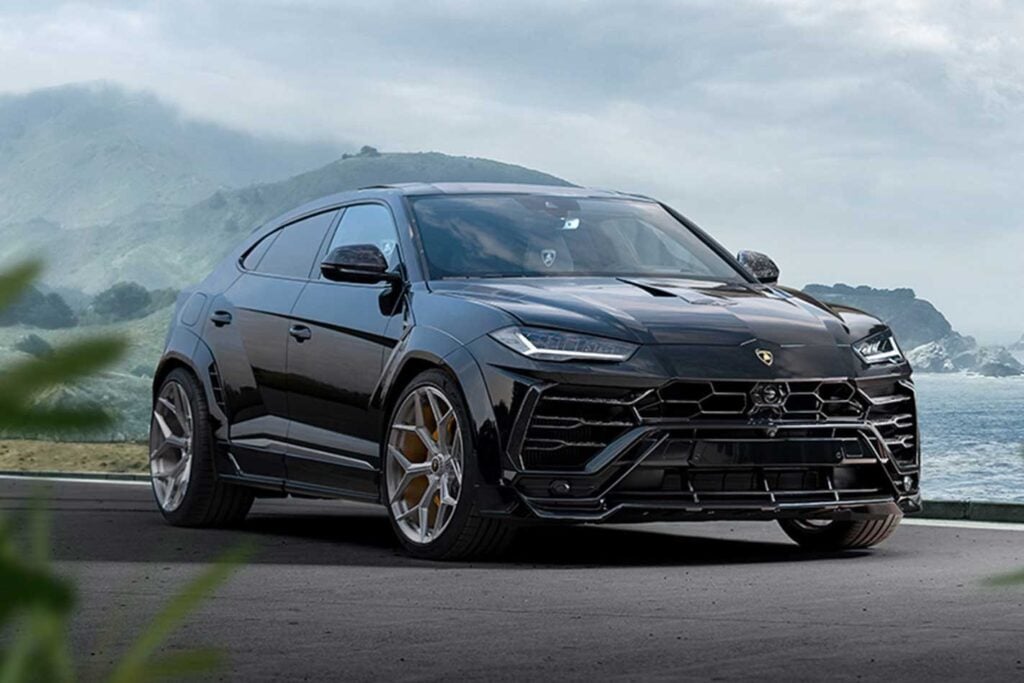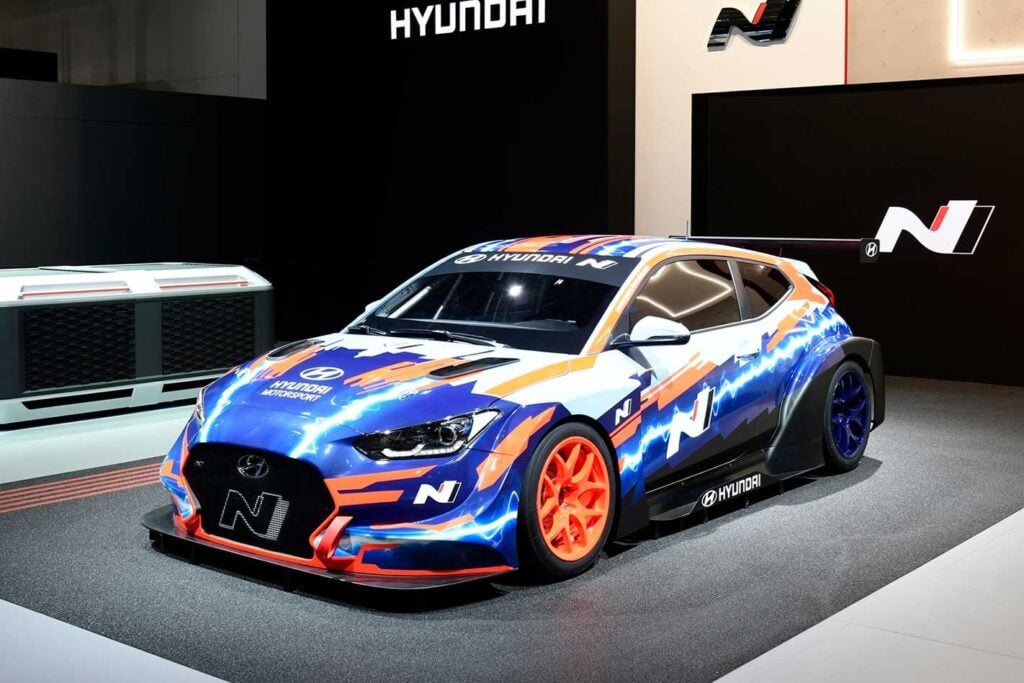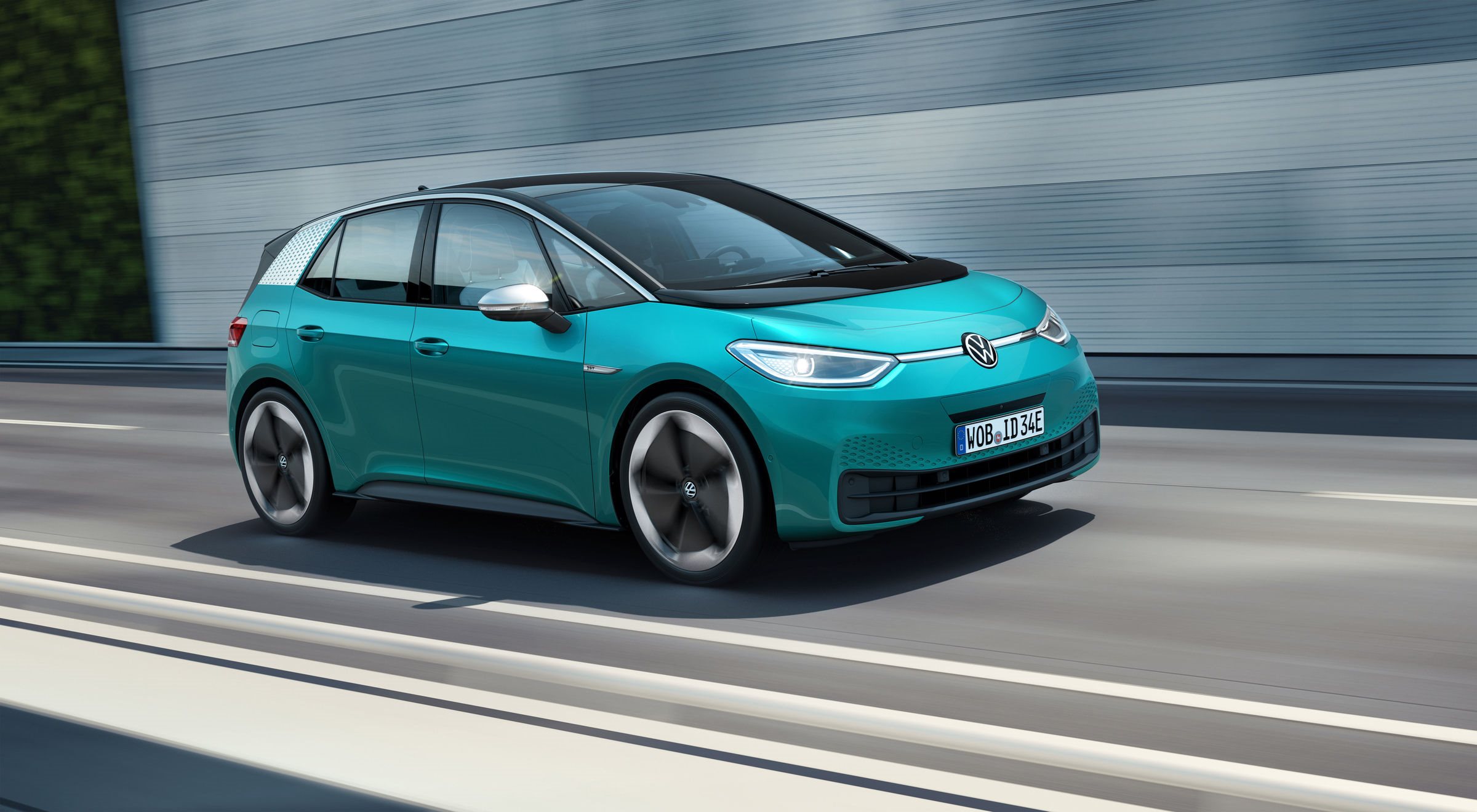
This is it: the future of Volkswagen. Full stop.
As gambles go, betting the future of the world’s biggest car company on one roll of the dice is incredibly bold. Not even Kerry Packer, Australia’s most famous gambler who was known to risk a million dollars on a single hand of baccarat, had the gall to do that.
The Volkswagen ID3 small, fully-electric hatchback, revealed at the 2019 Frankfurt auto show, debuts a new electric-only platform that Volkswagen says has the potential to underpin every Volkswagen model in the future.
That’s right… everything from the Polo baby hatch to the Passat large sedan and wagon, the T-Cross crossover to the Touareg large SUV, could be built on this new ID electric car platform.
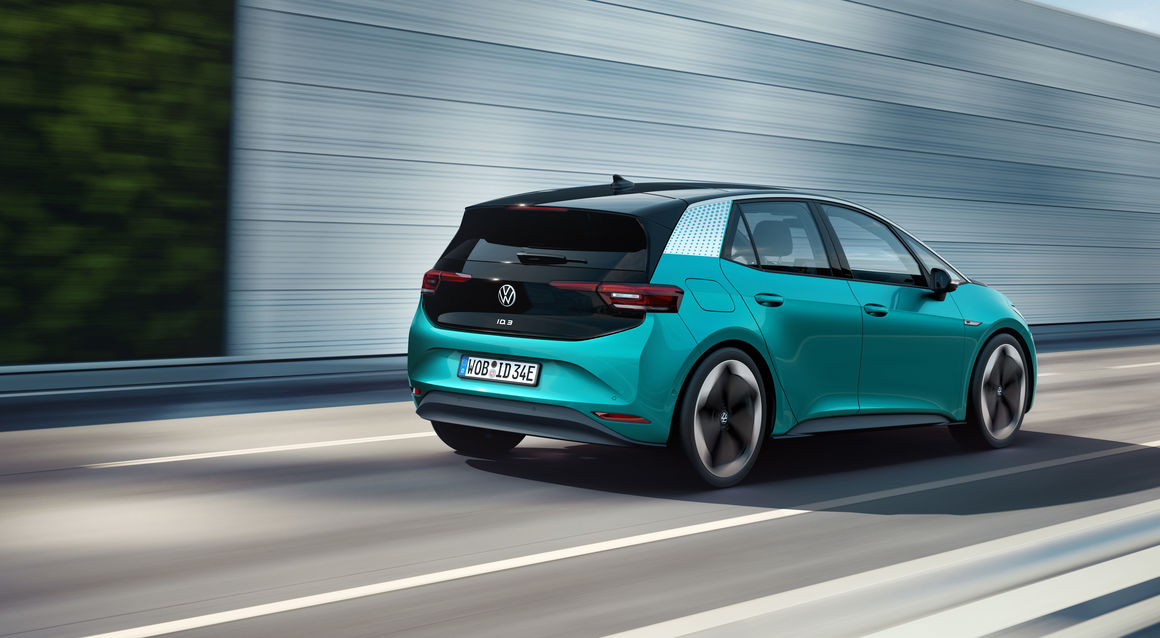
But before we dig into how Volkswagen plans to produce 15 million vehicles based on ID by 2028, let’s take a closer look at the ID3 hatchback.
“In a nutshell, the ID3 [hatchback] is as compact as a Golf, has the interior space of a Passat, and the [performance] punch of a Golf GTI. But it is silent and cool, and with zero emissions,” said Ralf Brandstatter, VW Chief Operating Officer for passenger cars, previewing the ID3 to WhichCar and other select media the night before the 2019 Frankfurt auto show.
“It has a range of up to 550km which means it can go a full week [of driving] without recharging. The ID3 is the first car worldwide with a carbon-neutral footprint to the customer.
“It will be the must-have for the generations to come.”
The Volkswagen ID3 hatchback will launch in Europe in 2020, and Australia in 2022, with up to three battery size options. The basic variant has 45kWh which should equate to 330km. A second variant will have 58kW/420km, and the third offers 77kWh and up to 550km.
VW says recharging can be as quick as 30min for 290km range if you have a 100kw charging outlet.
The ID3 won’t be cheap; the European price for the 45kWh version is Euro 30,000, which translates to around $45,000. Australian pricing is far from being set, as are specification levels, but Aussie early adopters really won’t care. What they will care about is getting their hands on a Volkswagen that offers everything the brand stands for, and emission-free, carbon-neutral mobility.
Jurgen Stackmann is Volkswagen’s global boss of sales and marketing. Speaking exclusively to WhichCar, he said the ID3 is the car for today and the future.
“It is launching at exactly the right time,” he said. “We are fulfilling the promise of keeping what consumers like in today’s cars – which is a Volkswagen car with the technology and reliability of a Volkswagen – and a very, very fresh and new design and a zero-emission footprint.”
And it appears consumers are taking notice, in Germany at least.
“We have reached more than 33,000 [pre-bookers] so far,” said Stackmann. “It’s rising daily. And we expect it to go even further after people see the car at Frankfurt.”
The first mass-produced Volkswagen ID3 will roll down the Zwickau, Germany, production line from November, ramping up to full-scale production by the first quarter of 2020.
“Handover of cars to customers will start in [the European] summer of next year,” said Stackmann.
The true importance of the ID3 is the platform on which it’s built, which has the potential to power models from Skoda, Audi and other Volkswagen Group brands – brands whose sales totalled 10.83 million vehicles globally in 2018.
Stackmann also confirmed the scalability potential of this new electric platform, which Volkswagen calls MEB – Modular Electric Toolkit.
“ID3 is our internal code for compact cars, but it will stretch to bigger cars and smaller cars in the future. It’s a very flexible platform; it can carry different battery sizes and obviously different sizes of vehicles on top.
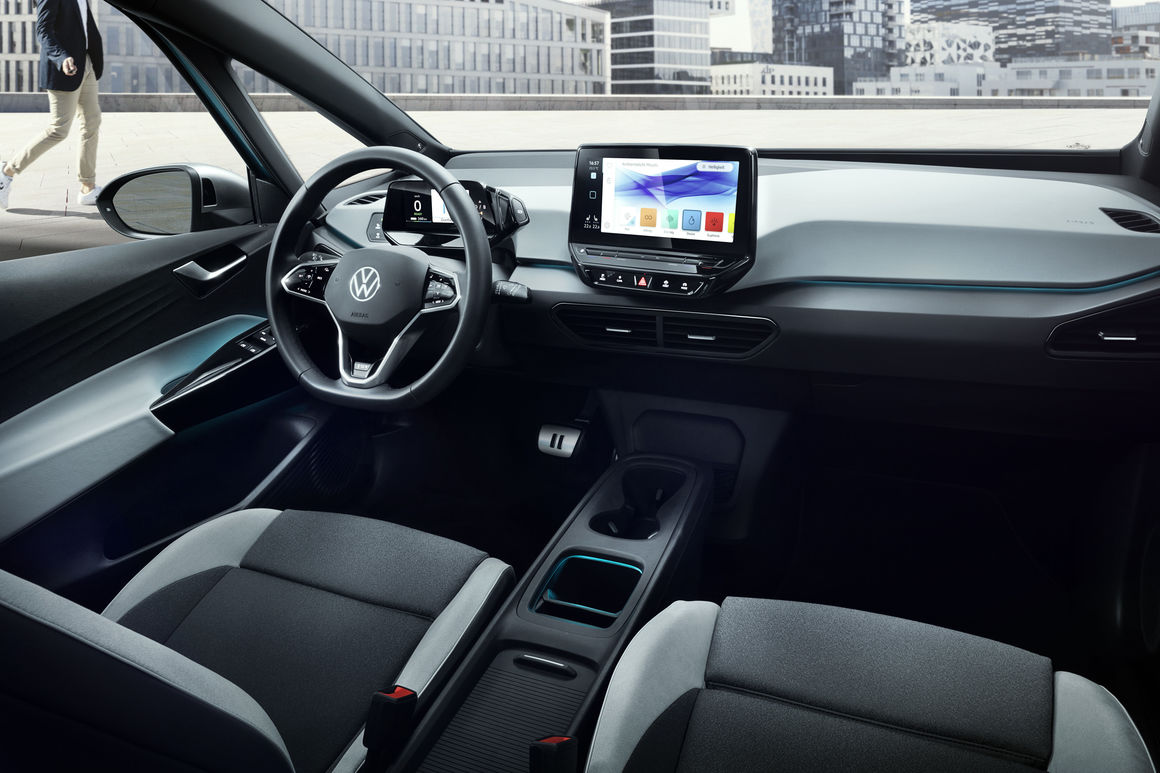
“We will see basically all shapes that you know around the world: from SUV to sedan to hatch and more on this platform.
“We will show tomorrow what else is coming.”
Volkswagen is already developing 27 different models on the MEB platform, and expects to ramp that up to 70 by 2028. By then, it expects that more than 15 million MEB vehicles will have been produced.
In case you’re still unsure how invested Volkswagen is in MEB, these words from the July 2019 announcement that VW will also supply Ford with MEB technology should put any doubts to rest: “Volkswagen ID is the start of the largest electric offensive in the automotive industry” – fighting words, and especially worrying for Elon Musk, whose Tesla Model 3 will come under direct fire from the ID3.
That 15 million presumably also takes into account Ford’s commitment announced in July to use the MEB platform under “at least one high-volume fully electric vehicle … for European customers starting in 2023”. Ford expects to deliver more than 600,000 European vehicles using the MEB architecture in the first six years.
Volkswagen is also actively looking for other MEB dance partners, presumably in an effort to recoup some of the $17.5 billion it has invested in its electric vehicle future to date.
Beyond electrification, the ID platform is also fully connected and future-proofed for autonomous driving: “Absolutely,” said Stackmann. “The platform is fully connected to the web, and it will be updateable and upgradeable as it goes.
“So, it’s a car for the future, not only in terms of zero-emission and a very positive CO2 footprint but it will stay fresh during the lifecycle.”

